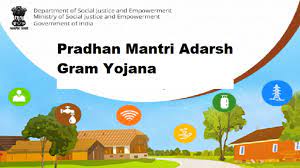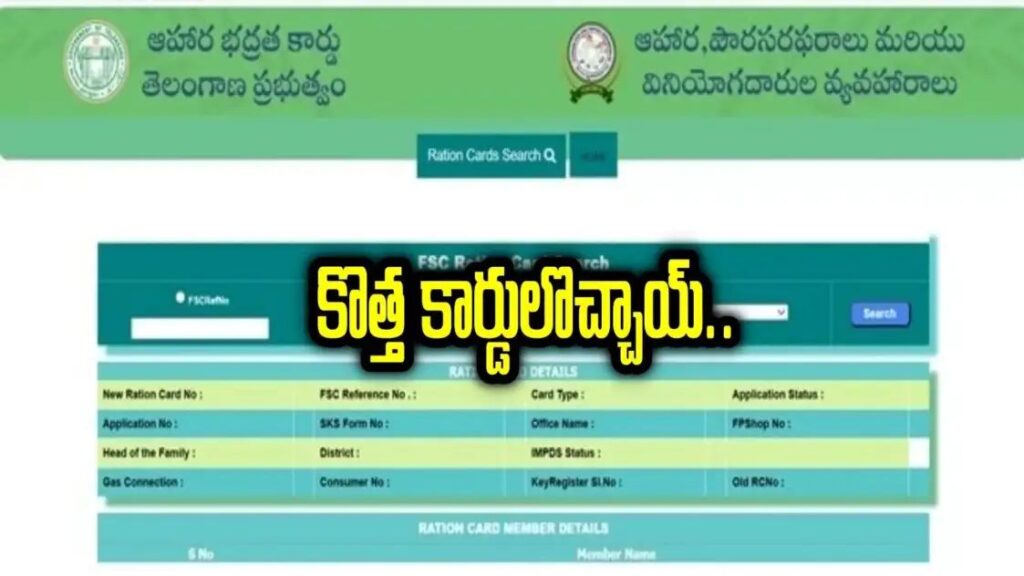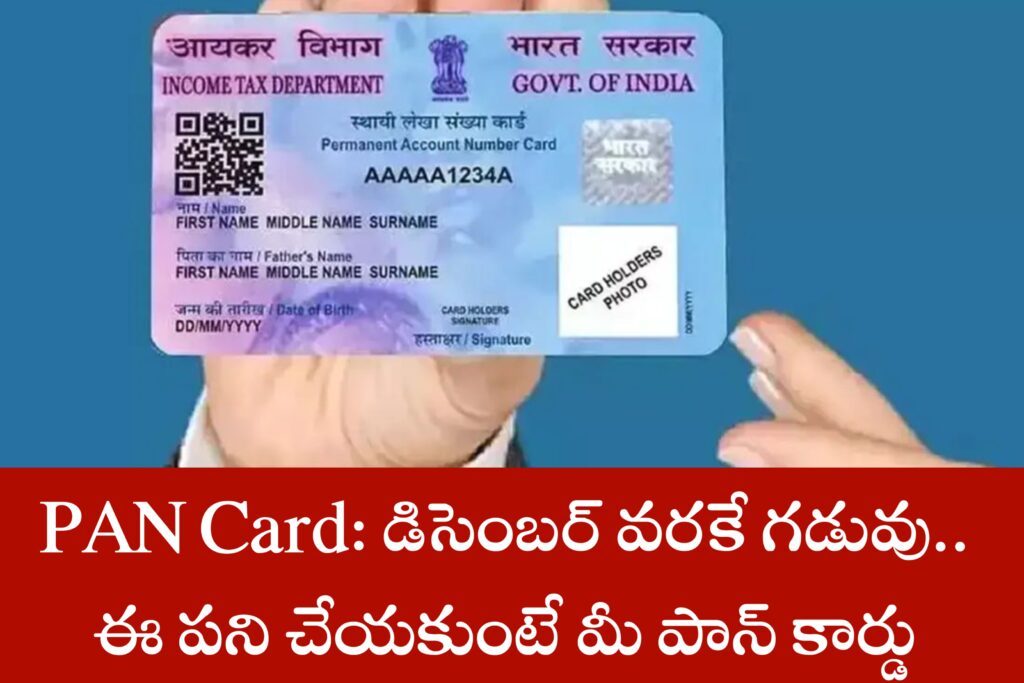A rural development program in India called Pradhan Mantri Adarsh Gram Yojana (PMAGY) was launched by the central government in 2009–10. Through a convergence of central and state schemes and allocation of financial funds on a per-village basis, this program aims to develop villages with more than 50% of the population belonging to the scheduled castes.

The plan is regarded as ambitious because it seeks to bring a variety of development programs to the villages. Many of these programs include Pradhan Mantri Gram Sadak Yojana (PMGSY), which builds rural roads, provides water, housing, and electrifies rural areas, as well as Sarva Shiksha Abhiyan, Mahatma Gandhi National Rural Employment Guarantee Act, and sanitation.
Objective of the scheme
The villages selected will be integrated into the development process so that:
- A proper framework development is required for socioeconomic development under the scheme.
- Increasing socioeconomic indicators.
- The difference between non-SC & SC populations should be reduced.
- To reach a national average for signs.
- Specifically, for all BPL SC families to provide livelihood and food security. In addition, SC children should receive a complete education up to the secondary level.
- Maternal and infant mortality can be reduced by addressing all leading factors.
- Malnutrition among children and women must be eradicated.
For the village people, check the following 10 domains:
- Education
- Social Security
- Health Nutrition
- Clean fuel and Electricity
- Housing and Rural Road
- Inclusion in the financial system
- Digitalization
- Livelihood and Skill Development
- Agricultural Practices
- Drinking water and sanitation
- SCs must be free of untouchability, segregation, injustice, and horribleness.
- Substance and alcohol abuse must be abandoned. In addition, women or girls should not be treated unfairly.
- Respect for all sections of society, equality, and harmony.
Features of Pradhan Mantri Adarsh Gram Yojana
In certain villages whose population is over 50% Scheduled Caste (SC), current Central and State schemes can be implemented in a convergent manner using Pradhan Mantri Adarsh Gram Yojana (PMAGY). The Central Administration will provide funds to fill gaps.
As part of the scheme, 1000 villages were developed as a pilot project in 2009-10 in the northern region of Himachal Pradesh, the eastern region of Bihar, the western region of Rajasthan, the southern region of Tamil Nadu, and the north-eastern region of Assam.
An additional 1500 villages were included in 2015 in Assam, Uttar Pradesh, Madhya Pradesh, Karnataka, Punjab, Odisha, Jharkhand, and Chhattisgarh.
Under the PMAGY program, village roads, community halls/meeting places, community toilets, drainage works, hand pumps, solar-powered street lights, drinking water schemes, and other projects are undertaken in identified states.
Advisory committees will be established at the state and central levels to provide overall guidance and monitor the Scheme. The Central Advisory Committee will be chaired by the Union Minister for Social Justice and Empowerment.
Physical Infrastructure:-
- An all-weather road should connect the site to the nearest major road.
- All-weather roads should connect all hamlets in a village with multi-hamlets.
- Providing safe drinking water to all on a sustainable basis.
- Electricity should be available to all houses.
- Street lighting should be adequate, and the village’s internal roads should be slush-free.
- Post offices, telephones, and, if possible, internet access should be provided in the village, as well as the Bharat Nirman Common Service Center (which is being established by the Department of Information Technology).
- A regular (brick and mortar) bank branch in the village or nearby, as well as the Business Correspondent/Business Facilitator model.
- There should be no homeless families, and all residents should have adequate housing.
Sanitation and Environment:-
Ideally, the village would have sanitary toilets, drains, and an efficient waste disposal system, and it would be free of dry latrines and open defecation. Whenever possible, it should follow the guidelines of Nirmal Gram Puraskar.
A village should protect its environment by
(1) Planting trees,
(2) Harvesting water and maintaining water bodies,
(3) Using renewable energy sources, such as biogas, solar energy, wind energy
(4) Using smokeless chulhas.
Social Infrastructure, Human Development and Social Harmony:-
- There should be Anganwadi centers and schools of an appropriate level.
- There should be an adequate and attractive building for the village’s anganwadi, school, health center, panchayat, and community hall. There should be adequate sports and physical activity facilities in the village.
- All children between the ages of 3-6 should be enrolled and regularly attend the Anganwadi. It is equally important to enroll and regularly attend school all children ages 6-14.
- Adults should have access to continuing education facilities and be functionally literate.
- Prenatal and antenatal care are available to all women in primary health care and reproductive child health (RCH) facilities.
- Vaccination of all children, and adherence to the small family norm for all deliveries.
- Women, children, seniors, and people with disabilities should be taken care of by the village as a whole.
- Liquor and other intoxicating substances should not be consumed in public, and their use in general should be discouraged.
- In the village, there should be an active Gram Sabha/Gram Panchayat, a women’s/swarozgaris’ Self-help Group, a youth club, and a Mahila Mandal.
- Discrimination based on caste should be eradicated, untouchability eradicated, and the weaker sections should have a sense of security and dignity.
- Village residents should be aware of and exercise their legal and constitutional rights. They should also be aware of their fundamental and civic duties and discharge them
Livelihood:-
- There should be adequate employment and means of livelihood for all youths and adults in the village, and skills should be developed among them so that as many as possible will be employed as skilled workers.
- Farming, animal husbandry, fishing, and all other economic activities in the village should use progressive and efficient practices based on new technology.
- The village’s agricultural and other produce should be remuneratively priced.
Pradhan Mantri Adarsh Gram Yojana Strategy:-
In selected villages, existing government schemes will be converged, quality services will be provided, and infrastructure will be improved as part of the integrated development program.
A gap funding component will be provided to meet the village’s special needs, with the expectation of a convergence of at least three to four times the gap-filling fund from existing Central/State schemes.
Each phase of the Programme identifies a certain number of SC majority villages for integrated development. Pilot Phase funding was provided to 1000 villages, and Phase I funding was provided to 1500 villages.
Once a village has been selected, it will be monitored for another three years to continue improving socioeconomic indicators.
As a result, funds released under PMAGY must be used within two years, but Monitorable Indicators will be reviewed for five years.
Despite reaching a certain level of development in one phase, villages can receive funding in multiple rounds of the Scheme.
A convergence committee will be formed at the village, district, and state levels to implement PMAGY.
Area covered:-
A total of five states are currently participating in the scheme: Assam, Bihar, Uttar Pradesh, Rajasthan, and Tamil Nadu.
ALSO READ THIS :- Su Swasthya Yojana Sikkim 2023 | Apply Online-Registration,Pdf
Implementation of Pradhan Mantri Adarsh Gram Yojana:-
- It is being implemented by the Ministry of Social Justice and Empowerment.
- The most backward districts should be selected first, in order to ensure focused attention.
- Convergent implementation of existing schemes of the Centre and State
- It is the responsibility of the government to ensure the development of villages.
- This scheme was piloted in 2009-10, covering 1000 villages in states across the country, including 225 each from Tamil Nadu, Rajasthan, Bihar, Himachal Pradesh, and Assam. ‘Adarsh Grams’ have been designated by the state governments in all 1000 villages.
- According to the PM Adarsh Gram Yojana Phase I, 1500 villages were covered in 11 states in 2014-15. Madhya Pradesh had 327 villages, Uttar Pradesh had 260, Karnataka had 201, Chhattisgarh had 175 each, Odisha had 175, Punjab had 162, Jharkhand had 100, Assam had 75, Haryana had 12 villages, Andhra Pradesh had 7 villages, and Telangana had 6.
- However, only 68 of the 75 villages selected in Assam qualified for implementation of the scheme. In Haryana, nine villages were approved, but a similar number was chosen.
- According to the government, 36,000 villages will be included in PM Adarsh Gram Yojana.
Components of the scheme:-
Described under this scheme are two components. The following are the components with sub-components:
- Territory-related component:
- Gap filling,
- The existing scheme will be implemented with convergence,
- Component related to functional area:
- In order to build up the executive machinery, key personnel will be orientated and trained;
- The scheme will receive technical support.
- Raising awareness and publicity,
- Management information system (MIS),
- Awarded to the best performing villages at the state and national levels,
- Assessment.
List of schemes for application in PMAGY villages:-
Educational Development Schemes:
- Pre-matriculants who engage in unclean occupations are eligible for scholarships,
- Post-matriculation scholarships,
- The “Top Class Education” Scholarship,
- International Scholarships for Nationals Overseas,
- The Rajiv Gandhi Foundation’s National Fellowship,
- Merit upgrades have been granted.
Economic Development Schemes:
- Scavengers can improve their skills through self-employment,
- The Schedule Caste Subplan (SCSP) provides special assistance to Schedule Castes,
- The Corporation for the Development of Scheduled Castes,
- The schedule castes development corporation,
- Corporation for the financing and development of Safai Karamcharis.
Social Empowerment and Other Schemes:
- The SC and ST Act, 1989, and the PCR Act, 1955, have been implemented.
- Volunteer assistance to SC welfare organizations.
- National award for outstanding work. It is aimed at opposing outrageous behavior and untouchability against SCs.






